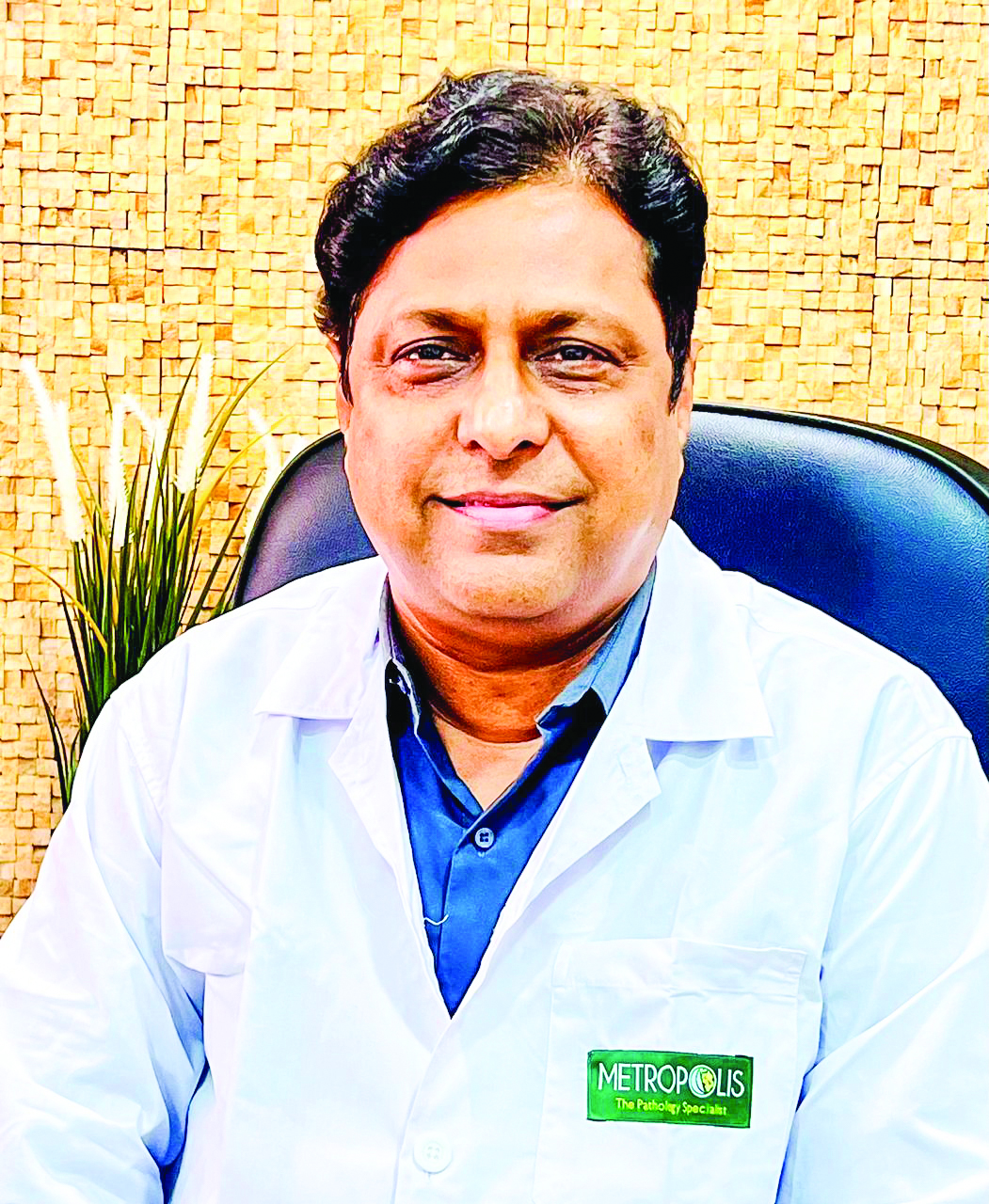Ahead of World Stroke Day on 29 October, The Sunday Guardian spoke with Dr Pradeep Mahindrakar, Chief of Lab for Panvel, Alibaug, and Goa at Metropolis Healthcare Limited. Dr. Mahindrakar shared crucial insights into the nature of strokes, their symptoms, and the importance of timely diagnosis and intervention, shedding light on how to better understand and prevent this critical health issue.
Q. What is a stroke, and how does it differ from a heart attack?
A. A stroke occurs when blood supply to the brain is interrupted. This can happen due to an ischemic stroke (a blood clot blocking a vessel) or a hemorrhagic stroke (a burst blood vessel). A stroke affects the brain, resulting in symptoms like sudden paralysis, speech difficulties, and loss of coordination. Meanwhile, a heart attack happens when blood flow to the heart muscle is blocked, leading to chest pain, shortness of breath, and other symptoms related to heart function. While both events are emergencies, their impact is different, a stroke affects brain function, often leading to cognitive and physical disabilities, whereas a heart attack damages the heart muscle. Both require immediate medical attention, but they differ in the organs involved and the nature of the blockage or rupture causing the event.
Q. What are the early warning signs or symptoms of stroke that people should be aware of?
A. Recognizing the early warning signs of a stroke can save lives and reduce long-term disability. The most common symptoms can be remembered using the acronym FAST:
• Face drooping on one side,
• Arm weakness (especially on one side),
• Speech difficulties or slurring, and
• Time to call emergency services immediately.
Other early signs include sudden confusion, trouble understanding speech, loss of coordination, dizziness, blurred or blackened vision, and a severe headache that strikes without warning. People suffering from these symptoms should not delay seeking medical care, as prompt treatment is important for reducing/decreasing brain damage. Unlike a heart attack, where chest pain is prominent, a stroke can be seen primarily through neurological symptoms because it directly affects brain function.
Q. How is a stroke diagnosed, and what tests are usually involved?
A. Diagnosing a stroke quickly is important for initiating the treatment process. The process typically starts with a clinical assessment, focusing on the patient’s symptoms and medical history. Imaging tests are important for confirming the diagnosis and determining the type of stroke. A CT scan is commonly used as it can quickly detect bleeding in the brain, indicating a haemorrhagic stroke. An MRI provides a more detailed image of the brain tissue and can detect ischemic strokes in the early stages. Additional tests, like blood tests, are conducted to check clotting factors, blood sugar, renal functions and detect any underlying conditions. In some cases, a carotid ultrasound or an echocardiogram may be used to assess blood flow and check for blockages in arteries leading to the brain. In severe cases, cerebral angiography might be done to visualize blood vessels in the brain more precisely.
Q. Are there lifestyle changes or medical interventions that are particularly effective in preventing stroke?
A. Preventing stroke involves a combination of lifestyle changes and medical interventions, particularly for individuals with high-risk factors. Lifestyle modifications include focusing on a balanced diet low in saturated fats, trans fats, cholesterol, and sodium. The Mediterranean diet, rich in fruits, vegetables, and whole grains, is particularly effective. Regular exercise and quitting smoking and drinking in moderation (Or not at all) helps reduce blood pressure and stroke risk. Proper management of blood sugar level is required for those with diabetes.
In terms of medical interventions, individuals with elevated risk factors such as high cholesterol or a history of heart disease may benefit from statins to lower cholesterol, aspirin to reduce blood clot formation, and antihypertensive medications to manage high blood pressure. Routine health check-ups, monitoring for conditions like diabetes, and managing stress levels also contribute to long-term stroke prevention.

